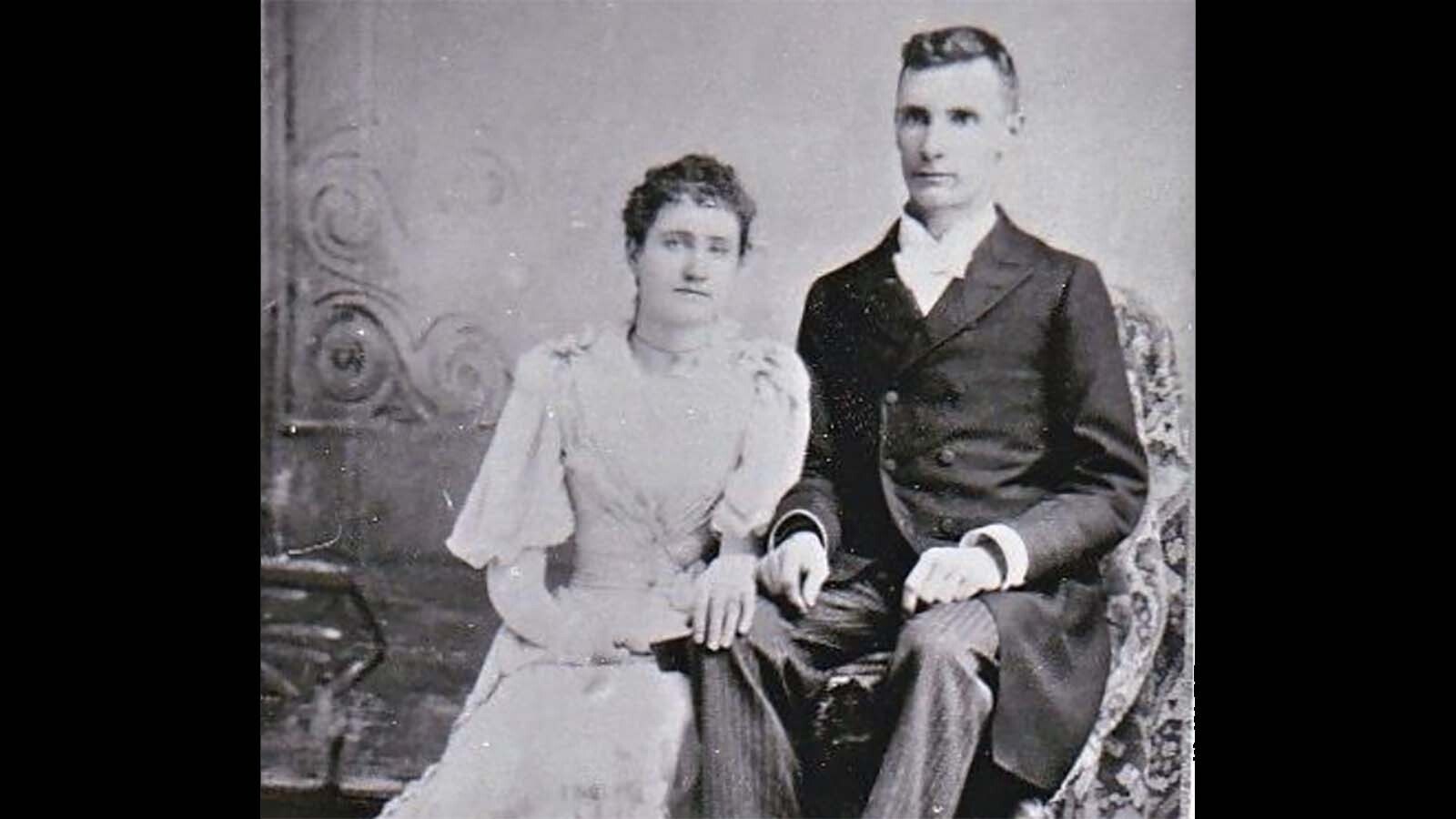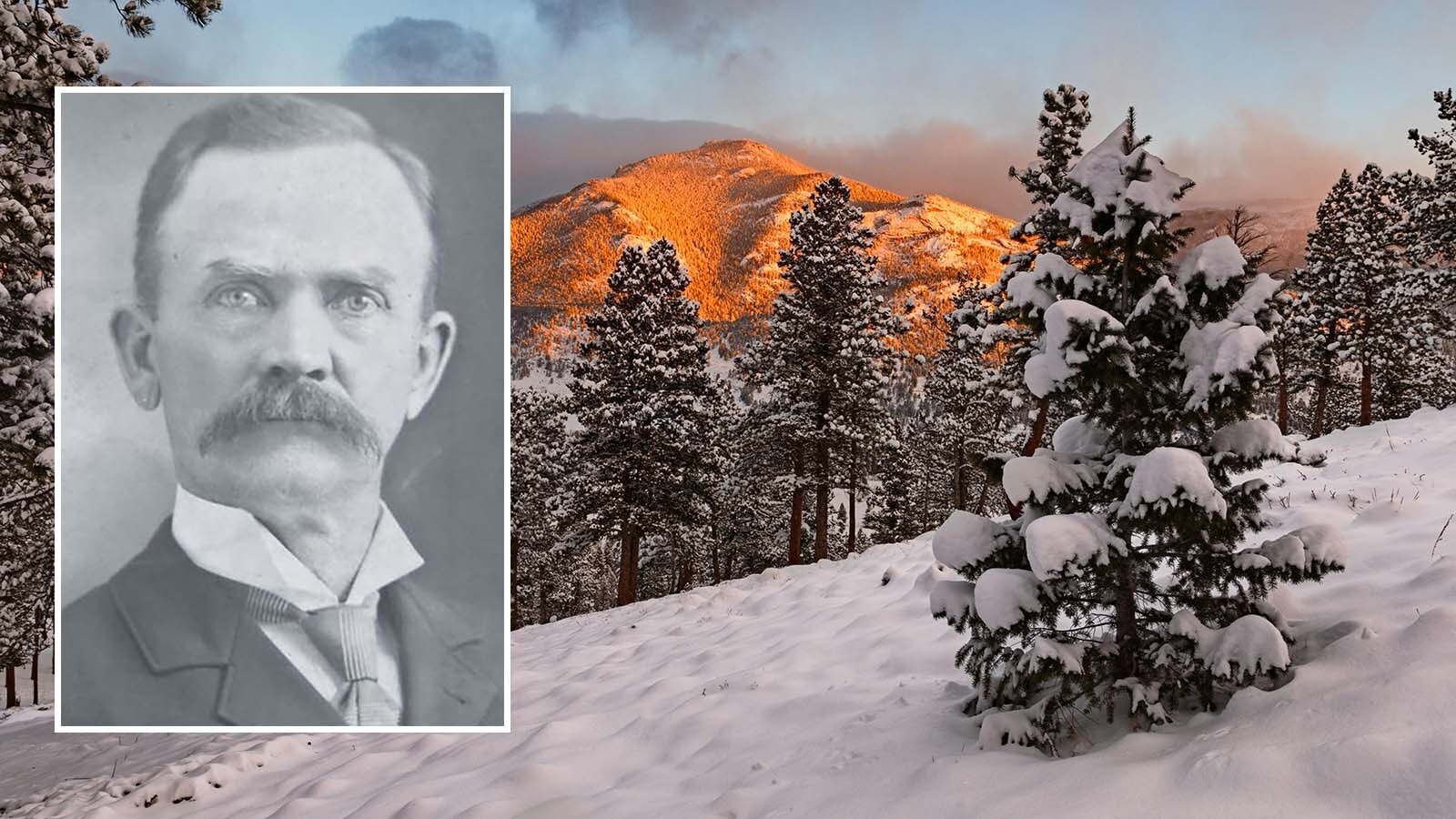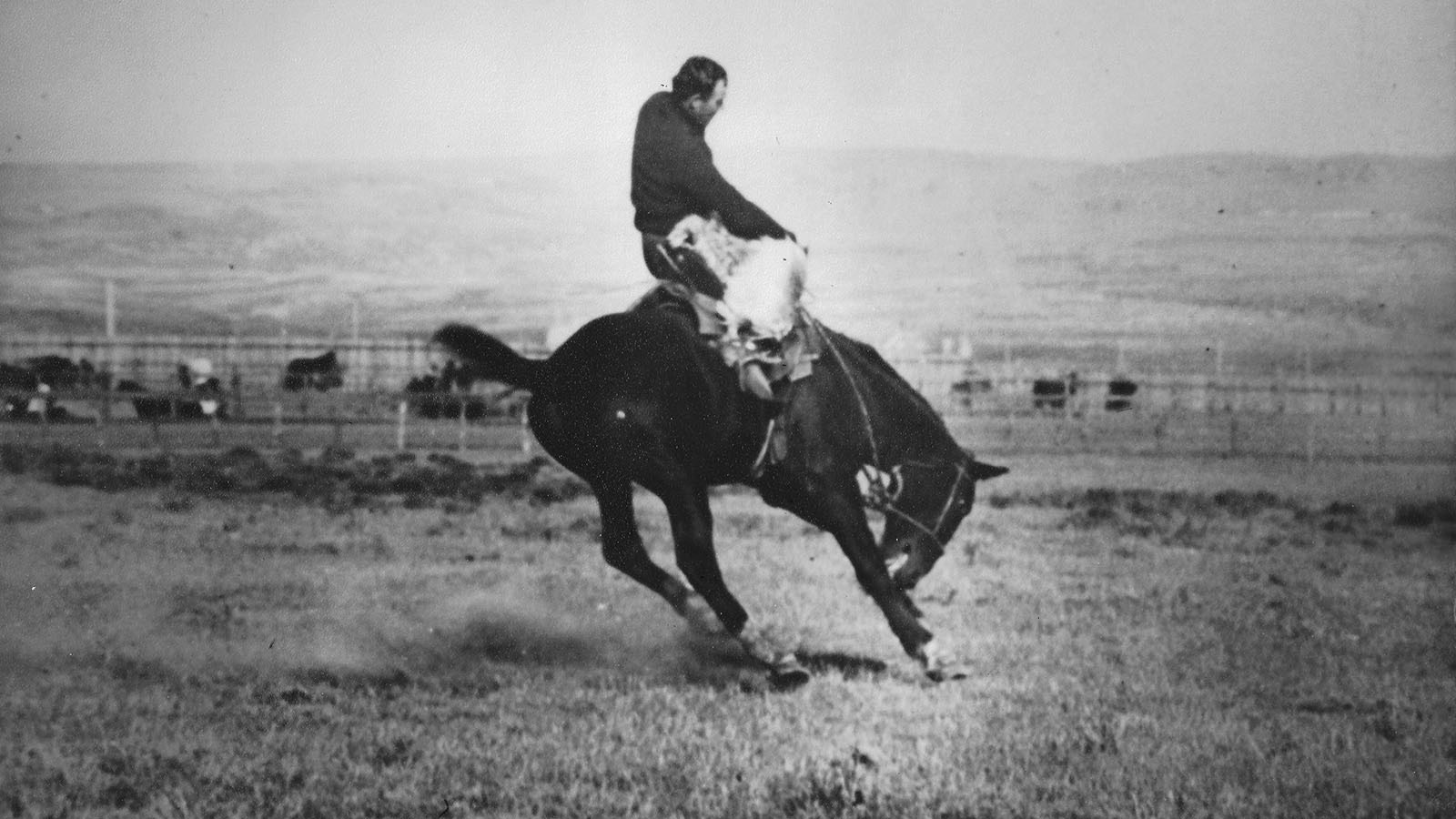In 1894, Wyoming pioneers Laban Hillberry and Willis Moon were looking for a faster mode of transportation, and Hillberry had the solution. They could break in a pair of cow elk to pull their wagon instead of horses.
Hillberry had captured the elk in 1892, and these tame creatures had moved with his family from their home in remote Prairie Dog Creek to Big Horn City, about 10 miles from Sheridan.
“In 1894, they took a set of harnesses used on a pony team and adjusted it to fit the cow elk,” the Thermopolis Independent Record reported in 1949. “And the novelty of breaking the critters to drive got under way.”
Fred and Ray Harper, brothers from Banner, Wyoming, were given the challenge of training the elk to a harness, according to Sally Springer in her book “Big Horn City Tidbits of History."
The young men were in Big Horn City to attend the Wyoming Collegiate Institute.
To pay for their room and board with the Hillberrys, they were to perform chores for the family. The main chore became breaking the elk to pull a wagon which, Moon said, took a lot of patience.
“These two young men succeeded, and since they (the elk) were fast trotters, they made fantastic fast trips to Sheridan in 45 minutes,” Springer said.
It soon became the custom of Hillberry and Moon to drive the team from Big Horn to Sheridan.

Mascots Of Big Horn City
Despite having his fast elk, Hillberry had a reputation for walking long distances. After evening chores, he would often walk over the Big Horn Mountains and be at the doorstep of a friend in Meeteetse or Worland the next morning.
Eventually, the Hillberrys and the Moon family decided to relocate to Gooseberry in Hot Springs County.
Springer found an 1885 ledger in the Big Horn mercantile account book stating that L.R. Hillberry paid his $206.62 in full for "merchandise" to store owner Charles Skinner.
Based on the next turn of events with the tame elk, Springer assumes that Billie and Fannie Elk were the merchandise portion of the deal.
Another theory is that there were several tame elk and Billie, a fine bull elk, was never trained to pull a wagon since Moon only mentioned training cow elk as their transportation.
Hillberry had also never said how many elk he had captured and tamed when it was legal to do so.
“Charles Skinner’s wife was not entirely thrilled to have pet elk in her yard at the ranch, and she probably had no intentions of allowing this unique team to pull her buggy when she went visiting,” Springer said. “So Charles Skinner allowed them to graze around the merc and sort of serve as unofficial greeters to people who ventured to downtown Big Horn.”
The Scandal With The Teacher
The schoolchildren loved Billie and Fannie, and were soon treating the elk to tidbits from their lunchpails. The elk quickly became used to being spoiled and expected treats whenever they saw a pail.
The Big Horn schoolteacher from back East was unaware of this arrangement when she hiked down the hill to the Mercantile. She had just finished her lunch and was carrying her pail, which caught the eye of Fannie Elk.
“Naturally, the first thing Fannie noticed was Miss Priss' shiny lunchpail swinging from the teacher's arm,” Springer said. “Now this elk was not stupid, and the first thought entering her brain was 'people food.'”
Fully expecting a luncheon morsel, Fannie cut the teacher off in the middle of the road long before the teacher could make it around the corner to the boardwalk entryway in front of the mercantile.
Usually, all it took was a gentle nudge or two with an occasional snort and a delectable piece of food would be in Fannie's mouth, but not this time. Still hanging onto the handle of the lunchpail, the teacher swung and walloped poor Fannie on her tender nose.
Fannie was furious. Never had she been treated this way and she retaliated. With none too gentle nudges and bumps, Fannie soon had the teacher down in the dirt and began to stomp on her.
The teacher's screams brought people running from the store and Charlie Bard's saloon and pool hall. The teacher was carried over to the old Oriental Hotel and a doctor from Sheridan was sent for.
Long Recovery
When the doctor from Sheridan arrived and examined the well-trodden patient, he found she was not seriously hurt. Nothing was broken, but there were plenty of bruises and scrapes.
Skinner insisted she remain at the hotel for complete recovery, and he generously insisted on paying all expenses.
“In the meantime, poor Fannie was sent to the Skinner ranch and placed in custody,” Springer said. “The family soon learned that putting elk in a pen was not hard, (but) keeping them there was another story.”
The doctor made regular visits until, after just a few weeks, he declared the teacher fully recovered. However, she didn't agree with his assessment, Springer said, and insisted she was still injured.
Spring melted into early summer and still the teacher was recuperating, and the doctor was growing impatient with the 10-mile treks to take care of her.
During her extra-long recovery, the Skinners went home from the store to find the elk out of their pen once again, and in the grain.
"Billy was the ringleader,” Springer said. "Known as a gentle and unflappable man, Skinner had reached the breaking point."
The storekeeper ran into the house and grabbed his shotgun. He was going to pepper Billy's rump with buckshot and teach the bull a lesson.
“However, Skinner was either an excellent shot or somebody had placed real bullets in the gun,” Springer said. “When he fired at that elk, Billy fell dead.”
In the meantime, the doctor kept making his regular hotel calls and, one day in the late summer, he stopped in the store to tell Skinner if he did not pay off the teacher, she would recuperate until she died of old age.
“Mr. Skinner offered the schoolteacher a lump sum of money if she recovered,” Springer said. “The money did wonders, for she not only recovered, but we have been told she left Big Horn to go back East."
By early fall, Mr. Skinner managed to sell the rest of the tame elk to a bar in Buffalo. There, they built a proper elk fence and displayed them for their customers and any tourists who might have come into Buffalo.
Addie Harper, a Big Horn City pioneer, remembered the elk as still being at Buffalo in 1903 when she was a little girl attending school.
Years later, Moon told the Thermopolis newspaper, “I've had many a team, but never any other like that team of cow elk."
Jackie Dorothy can be reached at jackie@cowboystatedaily.com.









